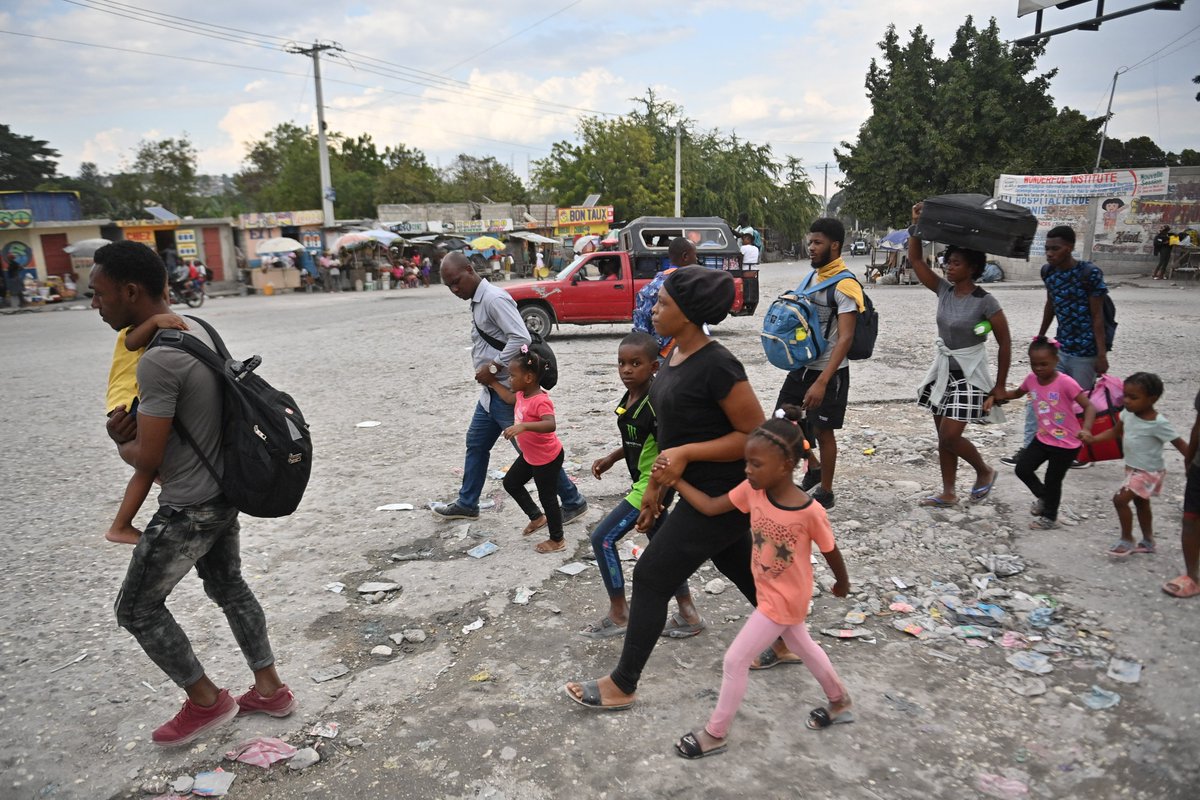
Last updated:
Complex Humanitarian Emergencies in Need of Philanthropic Attention

Overview
CDP analyzes Complex Humanitarian Emergencies (CHEs) according to several factors, including the number of people affected, the evolving humanitarian situation, appearance and frequency on humanitarian watchlists, a variety of data sources, funder interest (and lack thereof), and alignment with CDP’s strategic plan and priorities.
The countries and regions listed below highlight the crises CDP has identified as priority areas for funding and in acute need of funders’ attention. CDP has standing funds and corresponding standalone profiles for the following CHEs:
We encourage you to visit these profiles to learn more about these crises and how you can help.
Support for the CHEs highlighted in this profile can be made through the Global Recovery Fund.
(Photo: In Haiti, 5.5 million people require humanitarian aid, the crisis has worsened significantly in recent weeks, March 2024. Photo credit: US Department of State via X)
UNHCR, the UN Refugee Agency, defines a CHE as “a humanitarian crisis in a country, region or society where there is a total or considerable breakdown of authority resulting from internal or external conflict, and which requires an international response that goes beyond the mandate or capacity of any single agency and/or the ongoing UN country programme.”
You can learn more about the topic in CDP’s CHE Issue Insight.
Latest Updates
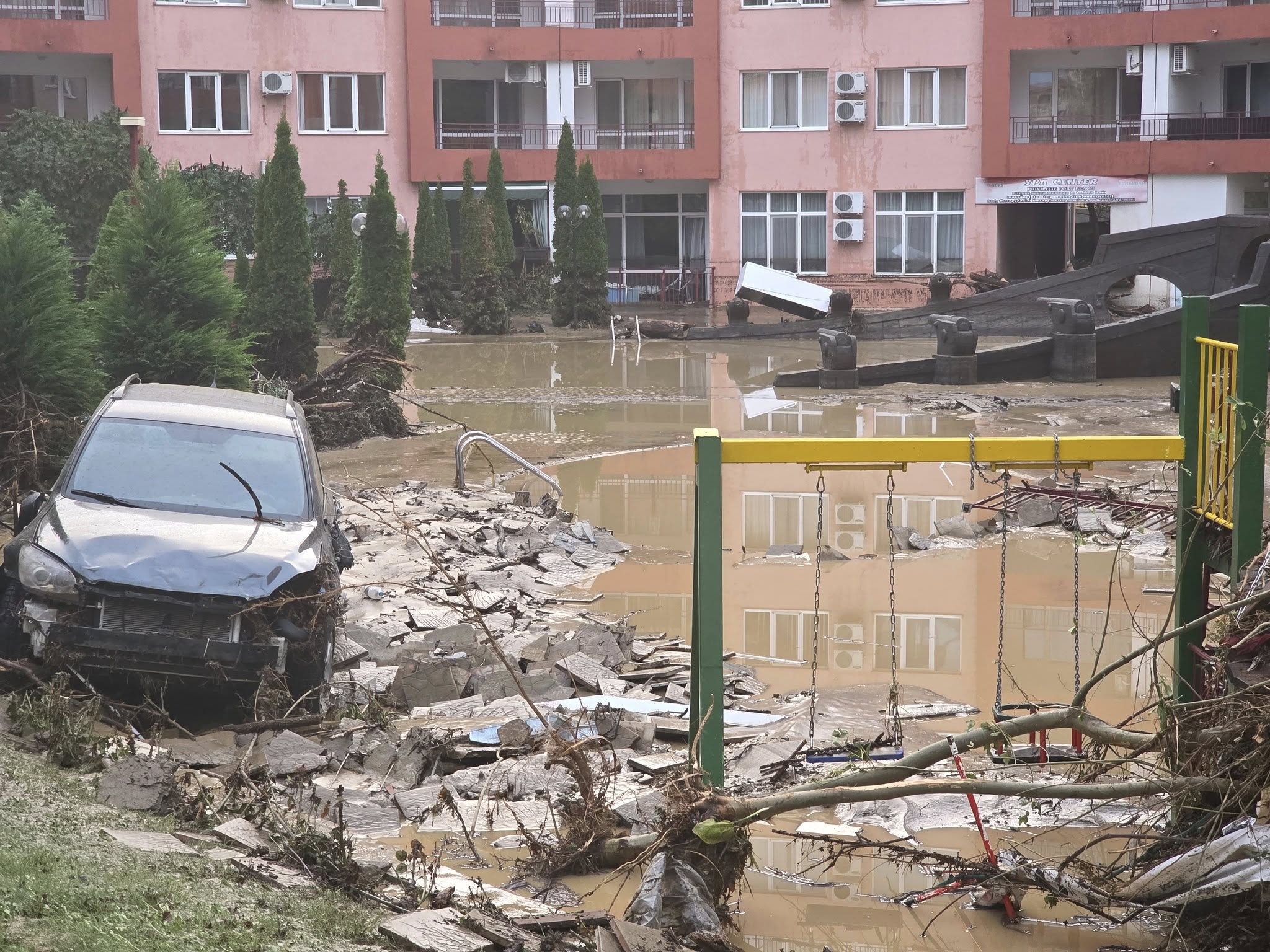
What we’re watching: Weekly disaster update, October 6

What we’re watching: Weekly disaster update, September 8

What we’re watching: Weekly disaster update, August 11
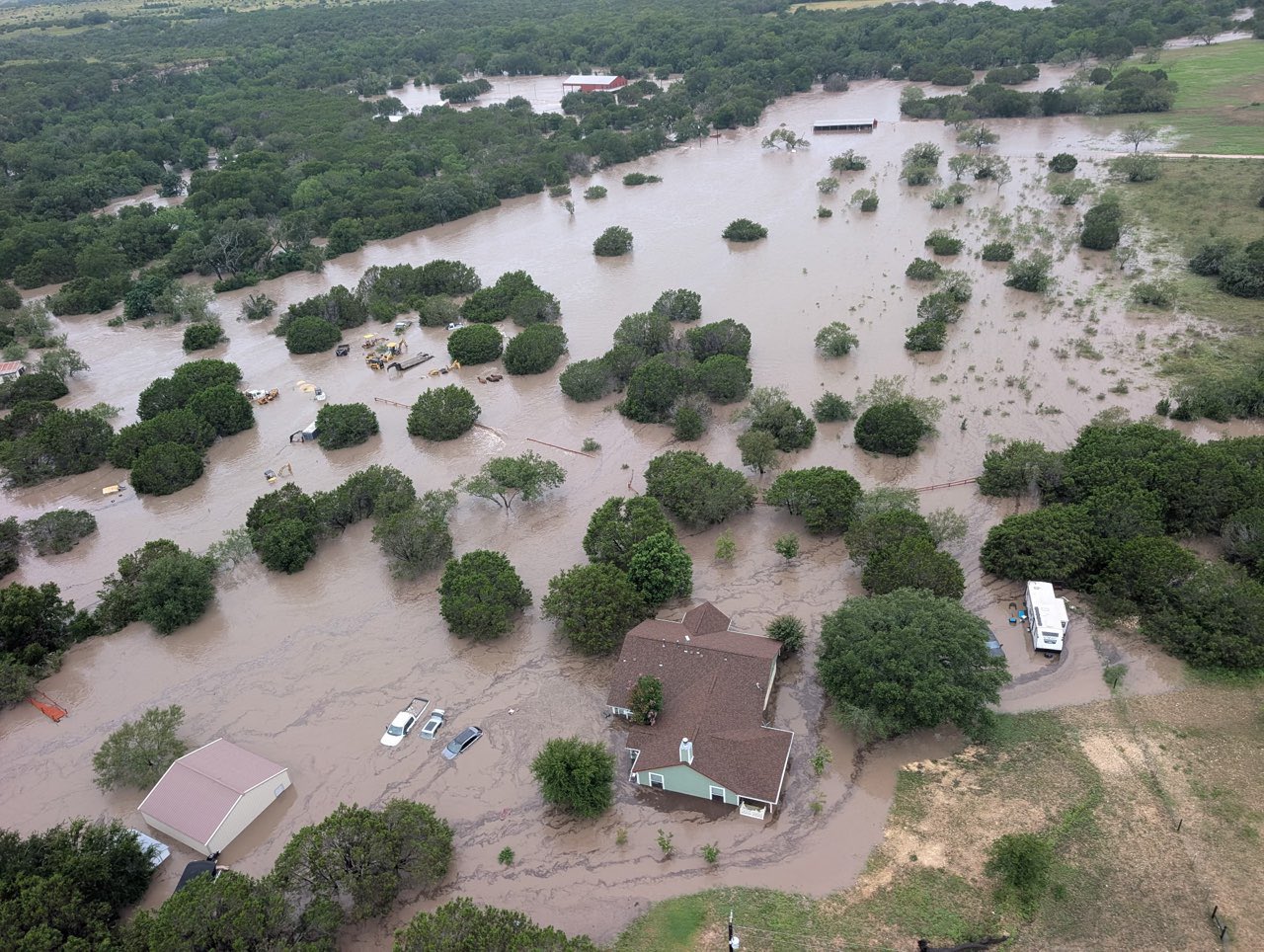
What we’re watching: Weekly disaster update, July 7
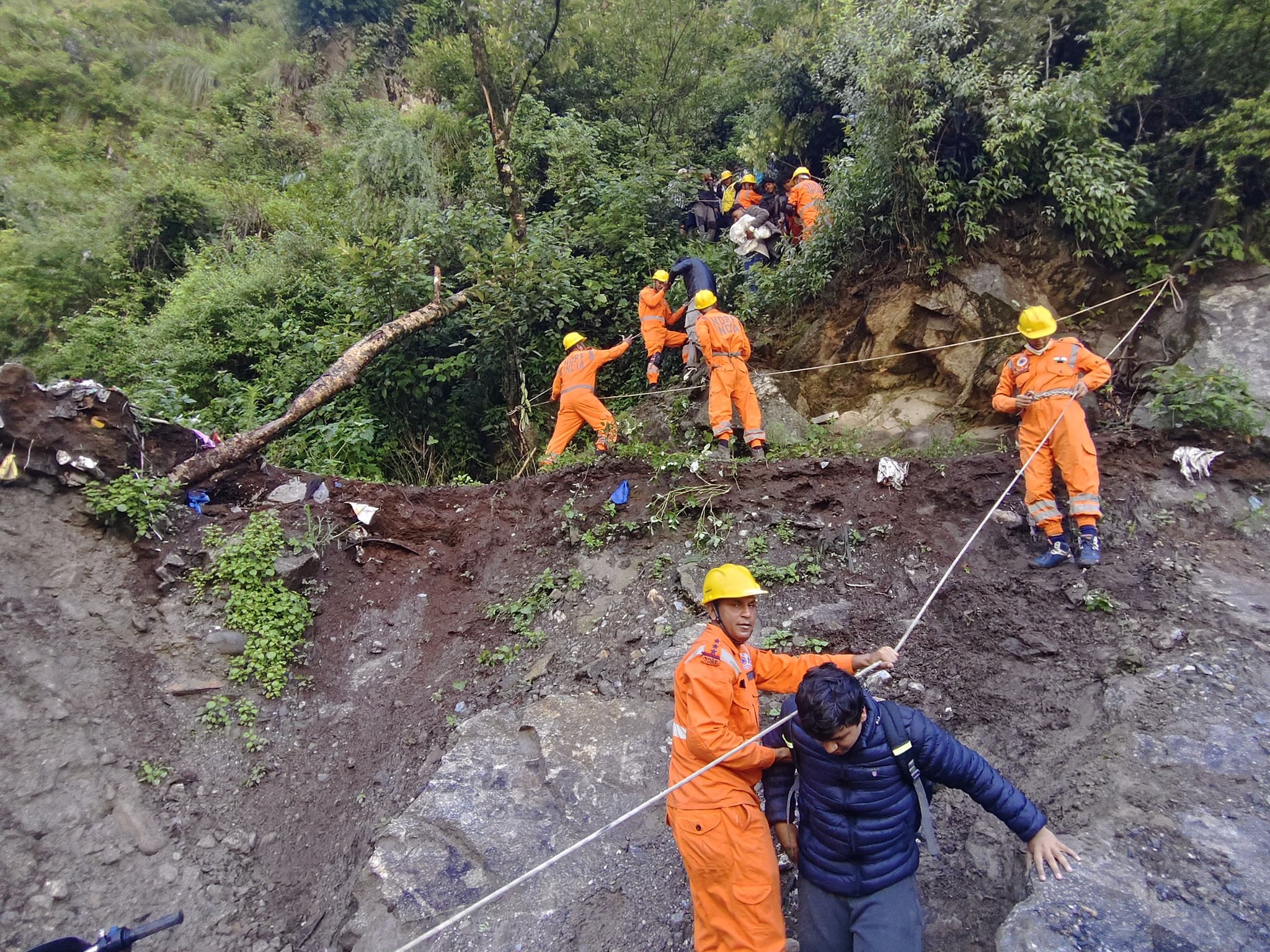
What we’re watching: Weekly disaster update, June 30
Afghanistan
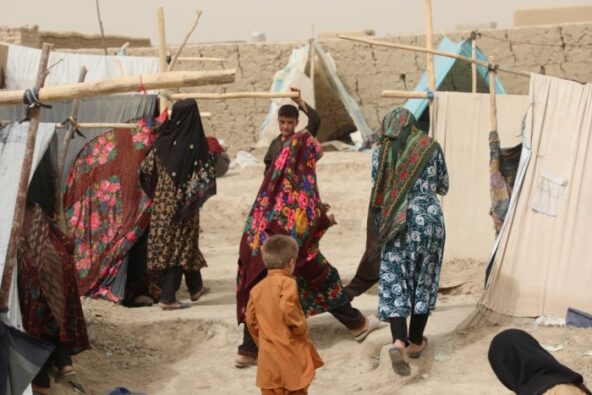
Almost 23 million people in Afghanistan need support. Afghanistan’s complex humanitarian crisis is among the most persistent in the world.
Marginalized groups such as women, children and persons with disabilities face extreme risks. Since the Taliban assumed control in August 2021, restrictive policies have gravely limited girls’ and women’s access to education, health care, mobility and protection. Reduced media attention, donor funding and economic contraction have worsened local challenges.
Millions of internally displaced people live in inadequate conditions, requiring food, health care, water, sanitation and hygiene (WASH) services, food and education. Climate-related shocks, such as droughts and floods, have further exacerbated vulnerabilities. Poverty, driven by high food prices and lack of livelihoods, affects nearly half the population, with 14.2 million people suffering from acute food insecurity.
Fragile States Index | ACAPS Score
Global Hunger Index | Afghanistan HRP
Democratic Republic of the Congo
The Democratic Republic of Congo (DRC) faces a complex and escalating crisis, particularly in its eastern provinces. Over 11 million people require urgent assistance due to ongoing armed conflicts, recurring epidemics and disasters exacerbated by climate change.
At least 120 armed groups and militias operate in the Eastern DRC, fighting civilians and each other, as they work to gain access to resources and control of the area. The largest is M23, which neighboring Rwanda has supported. In June 2025, Rwanda and the DRC signed a historic peace agreement brokered by the United States, the African Union and the State of Qatar.
The UN High Commissioner for Refugees said the deal “can bring renewed hope to those who have endured far too much for far too long … This is a chance to turn the page – ensuring the protection of civilians, including refugees and internally displaced people, and advancing durable solutions that allow them to rebuild their lives in safety and dignity.”
The conflict in the DRC has occurred in densely populated areas and has displaced millions, with the country facing one of the biggest displacement crises globally. Marginalized groups, including women, children and internally displaced persons, are among the most affected.
Women, girls and boys, in particular, face extreme violence and limited access to sexual and reproductive health services. UNICEF has stated that during the first two months of 2025, “a child was raped every half hour.” There is a lack of access to medical facilities and humanitarian aid, widespread violations of international humanitarian law, and significant physical and psycho-social needs.
Epidemics such as cholera and measles continue to spread in areas where clean water is scarce, and malnutrition is high. Climate-related shocks, including floods, have further strained resources and livelihoods.
Fragile States Index | ACAPS Score
Global Hunger Index | DRC HRP
Haiti
Gang violence in Haiti, particularly in Port-au-Prince, has displaced over one million people, forcing families into overcrowded shelters with limited access to clean water, food and health care. Humanitarian access has been dramatically restricted.
Haiti is facing a worsening humanitarian crisis, with over 5.7 million people—more than half the population-experiencing high levels of food insecurity. UNICEF estimates that over one million children are at critical levels of food insecurity, with 2.85 million children consistently affected.
Women and children are particularly vulnerable because of the control and influence of the gangs. They face widespread physical and sexual violence, with boys getting recruited into armed groups and girls routinely exploited. Health care services are under immense strain, with less than 50% of facilities in Port-au-Prince fully operational.
Fragile States Index | ACAPS Score
Global Hunger Index | Haiti HRP
Horn of Africa
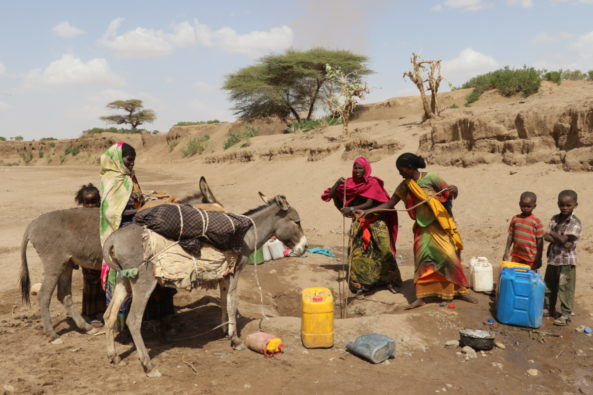
Persistent drought, conflict and economic instability have left 64 million people needing humanitarian assistance in the Horn of Africa. Acute food insecurity affects 50 million individuals, and famine has been declared in several areas in North Darfur.
The Horn of Africa (Somalia, Kenya, Ethiopia, South Sudan and Sudan) faces a dire humanitarian and hunger crisis. In Ethiopia, 10 million people are acutely food insecure, including 3 million displaced by conflict and extreme weather. Malnutrition rates are alarmingly high, especially in women and girls, who often eat the least and last. Over 4 million pregnant women, breastfeeding women and young children require treatment.
The region has experienced its worst drought in 40 years, with consecutive failed rainy seasons exacerbating the hunger crisis. In Sudan and Ethiopia, flooding in 2024 displaced 170,000 people and killed over 130 individuals.
Fragile States Index | ACAPS Score
Global Hunger Index | Country HRPs
Related reading
Support recovery
The Sahel Regional Crisis
Across 10 countries, this crisis has displaced nearly six million people internally and forced 2.2 million to flee their countries due to conflict and climate degradation.
The Sahel region includes Burkina Faso, Cameroon, Chad, Gambia, Guinea, Mali, Mauritania, Niger, Nigeria and Senegal. It faces one of the fastest-growing humanitarian crises, with over 40.2 million people urgently needing humanitarian assistance.
Challenges in the Sahel include severe hunger, displacement and rising malnutrition driven by climate shocks, environmental degradation and poverty. In Niger, nutritional support is urgently needed as nearly half of children under five suffer from stunted growth.
Millions face annual flooding, drought, dwindling grazing zones and agricultural collapse, compounded by limited access to clean water, electricity and health care. The region’s young population (64% under 25) adds further urgency to finding sustainable solutions.
Fragile States Index | ACAPS Score
Global Hunger Index | Country HRPs
Myanmar and the Rohingya Regional Crisis
Myanmar’s political upheaval has left 19.9 million people needing humanitarian assistance. Agriculture disruptions and food accessibility challenges have resulted in 15.2 million people facing acute food insecurity.
A military coup in 2021 caused mass displacement, with over 3.5 million internally displaced persons (IDPs) now living in inadequate conditions.
Cyclone Mocha in May 2023 and a 7.7-magnitude earthquake in March 2025 further exacerbated vulnerabilities. The earthquake and the following aftershocks caused massive displacement and thousands of fatalities. Infrastructure damage has disrupted health care and access to clean water, with disease outbreaks of cholera, hepatitis and typhoid.
About 600,000 stateless Rohingya people are confined to camps in Myanmar and neighboring countries, including one million people in Cox’s Bazar in Bangladesh and more in India and Indonesia. They face overcrowded shelters, inadequate sanitation, limited resources and restricted access to health care and jobs. Political and social tensions and funding constraints further hinder humanitarian aid, exacerbating struggles in host countries.
Fragile States Index | ACAPS Score
Global Hunger Index | Myanmar HRP
Syria
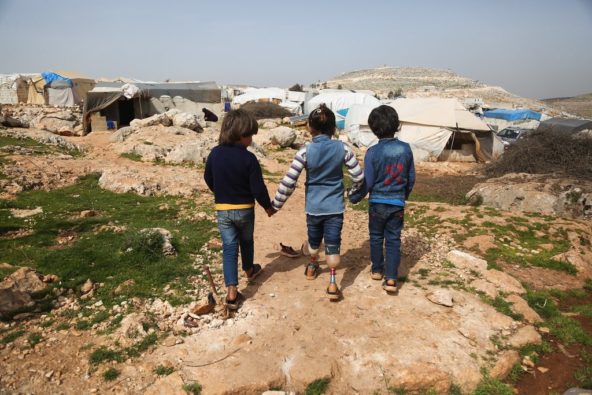
More than 16.7 million people need assistance in Syria’s long-standing humanitarian crisis. Over 7.4 million people are internally displaced, and 5.5 million more have sought refuge in neighboring countries.
The severe humanitarian crisis in Syria began in March 2011. Vulnerable groups, including women, children and older people, face the harshest conditions. Children, who make up nearly half of those affected, are at risk of malnutrition, lack of education and exploitation.
Economic hardships exacerbate the crisis, with inflation and unemployment limiting access to basic needs. Infrastructure damage, including hospitals and schools, has disrupted essential services. In Northeast Syria, funding cuts have worsened conditions in camps, leaving many without adequate shelter or protection.
Since the fall of the Assad regime, hundreds of thousands of people have returned to Syria. Others have become newly (re)displaced due to ongoing fighting.
Fragile States Index | ACAPS Score
Global Hunger Index | Syria HRP
Yemen
The humanitarian crisis in Yemen is driven by years of conflict, economic collapse and displacement. As of 2025, over half of Yemen’s population—approximately 19.5 million people—requires humanitarian assistance.
Food insecurity is a critical issue, with nearly half of the population struggling to access adequate food. The health care system has been devastated, with 40% of facilities non-functional. Maternal mortality rates are alarmingly high, at 183 deaths per 100,000 live births, while neonatal deaths remain a significant concern. Unexploded ordnance is also of particular concern in Yemen.
Yemen faces one of the largest displacement crises globally, with 4.8 million people internally displaced. Women and children make up the majority of these individuals, often living in inadequate shelters.
Economic collapse and climate challenges, such as water scarcity, have exacerbated the crisis. Limited livelihood opportunities and weakened infrastructure have left many Yemenis without access to basic services.
Fragile States Index | ACAPS Score
Global Hunger Index | Yemen HRP
Methodology
CDP uses several sources to create funding priorities, including the Fund for Peace’s Fragile States Index (primarily countries in the Top 25), the Global Hunger Index and the ACAPS INFORM Severity Indices (usually scored as 4 or higher).
These data sources help CDP inform its decisions on priorities:
- Decide where to support with time and grant dollars.
- Understand the needs of affected populations.
- Analyze the latest developments that require funder intervention.
- Anticipate what may happen next.
Recovery is possible in protracted and complex crisis settings. We know that people affected by shocks in complex CHEs can recover and improve their situation without waiting until the crisis ends, which may take years. Still, it requires immediate humanitarian aid and sustainable development strategies to rebuild infrastructure, protect marginalized groups and promote long-term stability.
Emergency funding
Immediate funding is required to provide emergency assistance on the ground. Many urgent needs apply, including providing food and nutritional supplements, emergency shelters, WASH and non-food items, such as plastic sheets, containers for water, cooking items and hygiene items. Millions of people’s living standards and well-being are impacted due to inadequate or a lack of access to safe water and improved sanitation.
Long-term solutions
Although emergency aid is essential, there is also a need to invest in longer-term solutions and resilience-building measures to save people’s lives and livelihoods and prevent them from leaving their homes searching for food, water and health care. Increased numbers of internally displaced persons or refugees can worsen a crisis internally within a country and strain resources in neighboring countries.
Livelihood support
Livelihood support is critical in a CHE and yet is often underfunded. Livelihood support includes recovering lost livelihoods and building resilience through identifying the most vulnerable affected households. It is also essential to work with local community-based organizations and governments and to strengthen the resilience of local markets for the most affected groups.
Cash assistance
As with most disasters and emergencies, disaster experts recommend monetary donations. These allow on-the-ground agencies to direct funds to the most significant area of need, support economic recovery and ensure donation management does not detract from disaster recovery needs.
CDP recommends cash both as a donation method and a recovery strategy. Direct cash assistance can allow families to purchase items and services that address their multiple needs. It gives each family flexibility and choice, ensuring that support is relevant and timely. Cash assistance can also help move families faster toward rebuilding their lives.
When a disaster or conflict severely curtails physical movement and banking operations, digital banking applications and wallets may become a lifeline for many. For example, in the Sudan conflict, a lack of cash has led many to utilize digital wallets to cover necessities, pay for travel and receive money from abroad. Financial applications, however, suffer from frequent telecommunication and power breakdowns.
Protection
Protection issues are usually a concern for at-risk groups, including girls, boys, women, elderly persons and persons with disabilities, as families lose their socioeconomic and community-support structures. Displacement contributes to and exacerbates protection risks.
Girls and boys are at risk of sexual violence, as well as forced labor or even recruitment into armed groups. Women are subject to rape as a weapon of war, as well as increased domestic violence because of displacement and reduced social safety nets paired with increased stressors in the home.
Investments are needed in programs focused on addressing gender-based violence, child protection, inequality, disability inclusion and marginalization of these populations.
Physical and mental health/psychosocial support
In most CHEs, people have dealt with years of conflict, which has resulted in both physical and mental health impacts. Areas facing a complex crisis rarely have a strong physical or mental health system to respond to the population’s needs. Despite mental health and psychosocial concerns, access to support remains lacking and is urgently needed.
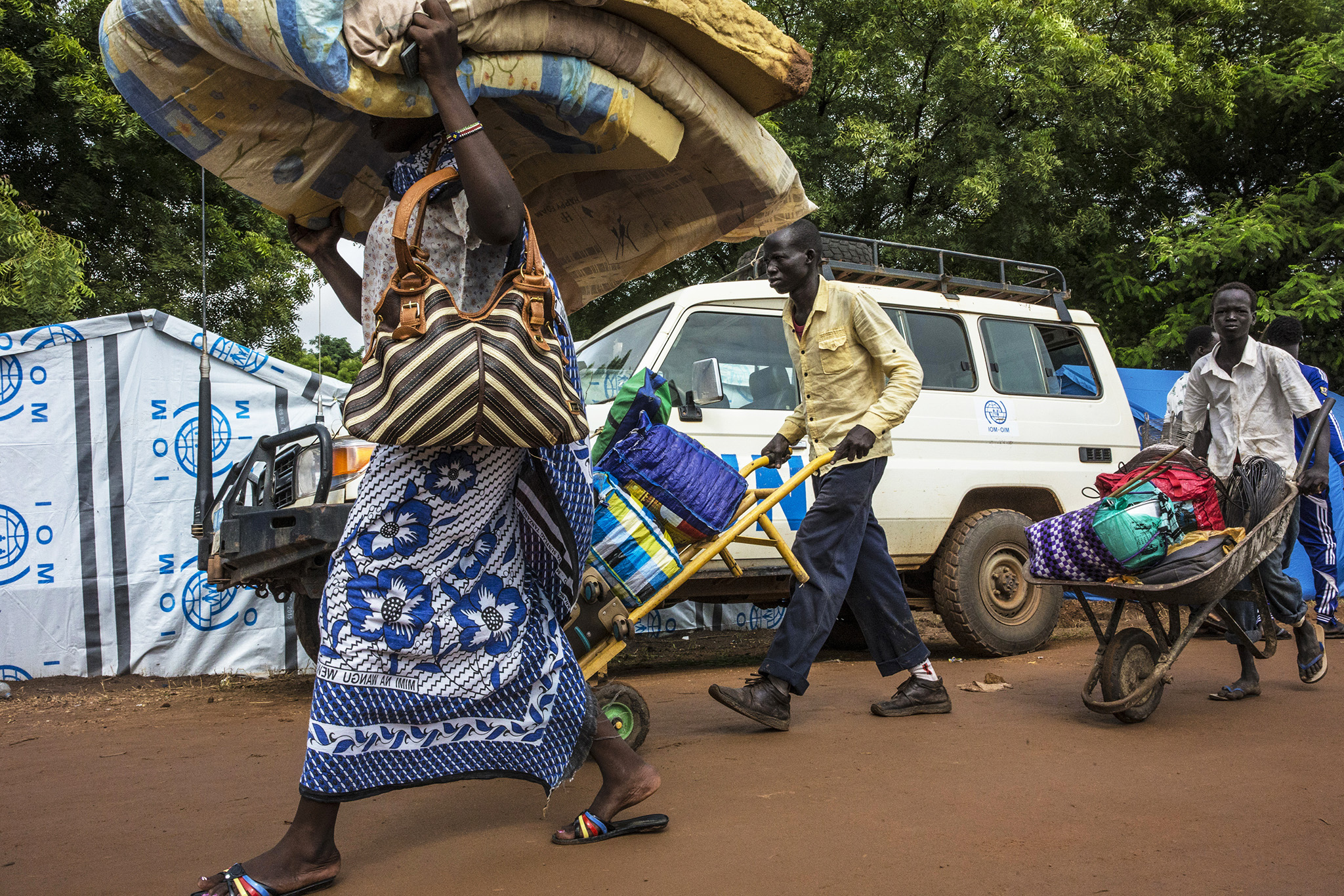
CDP has a Global Recovery Fund that provides an opportunity for donors to meet the ongoing and ever-expanding challenges presented by global crises.
Contact CDP
Philanthropic contributions
If you have questions about donating to the CDP Global Recovery Fund, need help with your disaster-giving strategy or want to share how you’re responding to this disaster, please contact development.
(Photo: IDPs in the capital of South Sudan relocate to a cleaner, drier location across town, under the protection of the United Nations Mission in South Sudan. Source: UN Photo/Isaac Billy; CC BY-NC-ND 2.0)
Recovery updates
If you are a responding NGO, please send updates on how you are working in these crises to tanya.gulliver-garcia@disasterphilanthropy.org.
We welcome the republication of our content. Please credit the Center for Disaster Philanthropy.
Resources
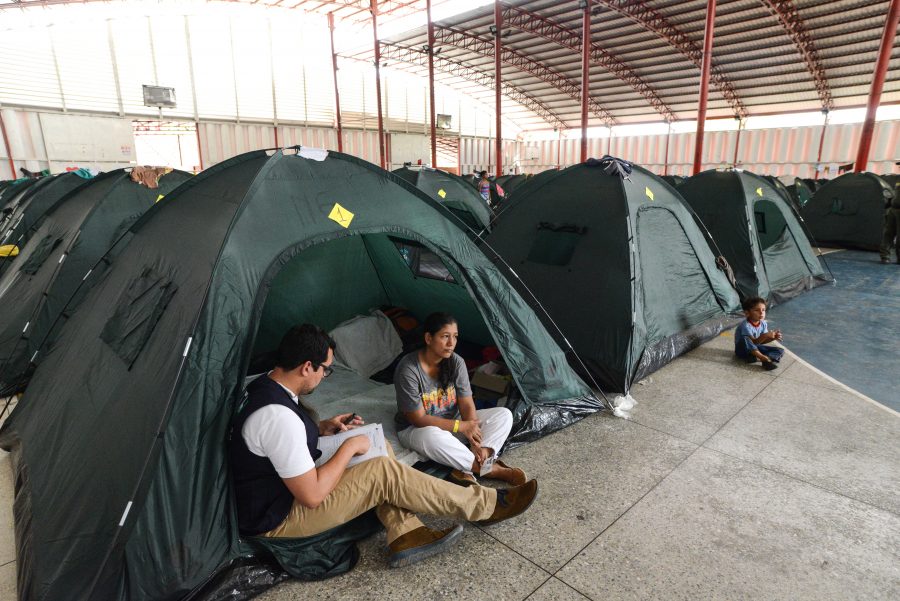
Complex Humanitarian Emergencies
CHEs involve an acute emergency layered over ongoing instability. Multiple scenarios can cause CHEs, like the civil wars in Syria and Yemen, the man-made political crisis in Venezuela, or the conflict in Ukraine.

Resilience
The Latin root of “resilience” means to bounce back, but every field has its own definition and most individuals within each discipline will define it differently. Learn more.

Hunger
Due to growing inequality, climate disasters and the spread of violent conflict, hunger is rising throughout the world. According to UNOCHA, “Hunger and malnutrition are spreading faster than our ability to respond, yet globally, a third of all food produced is lost or wasted.”